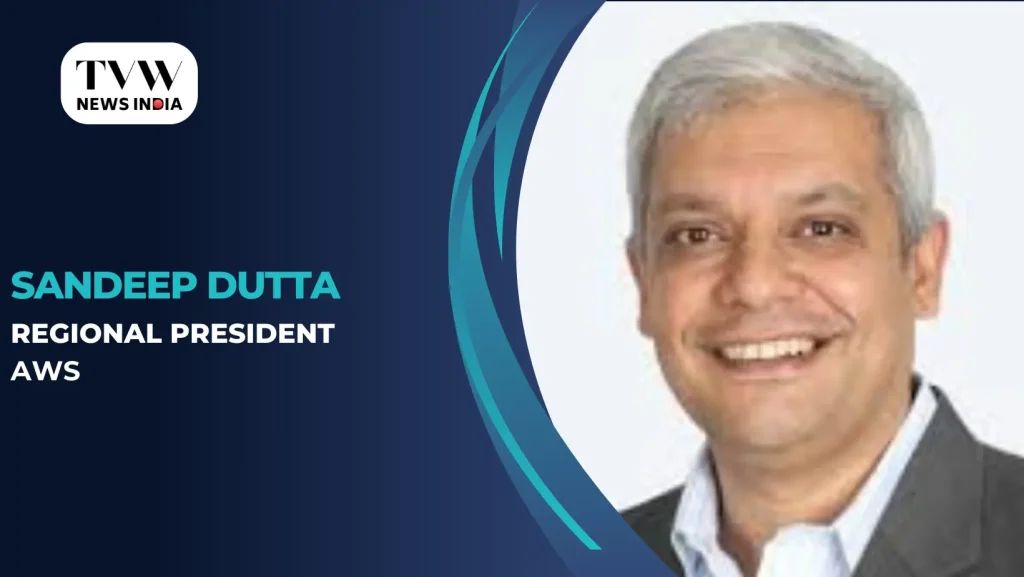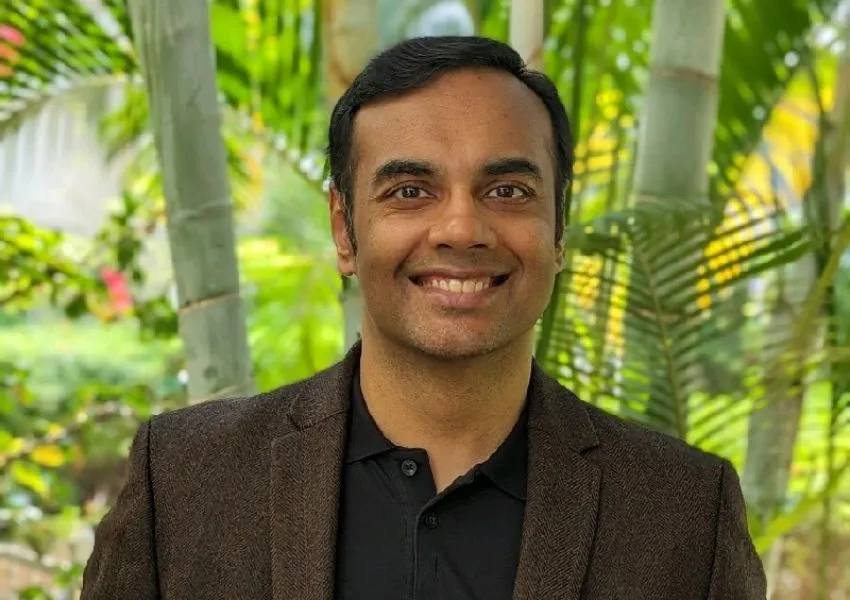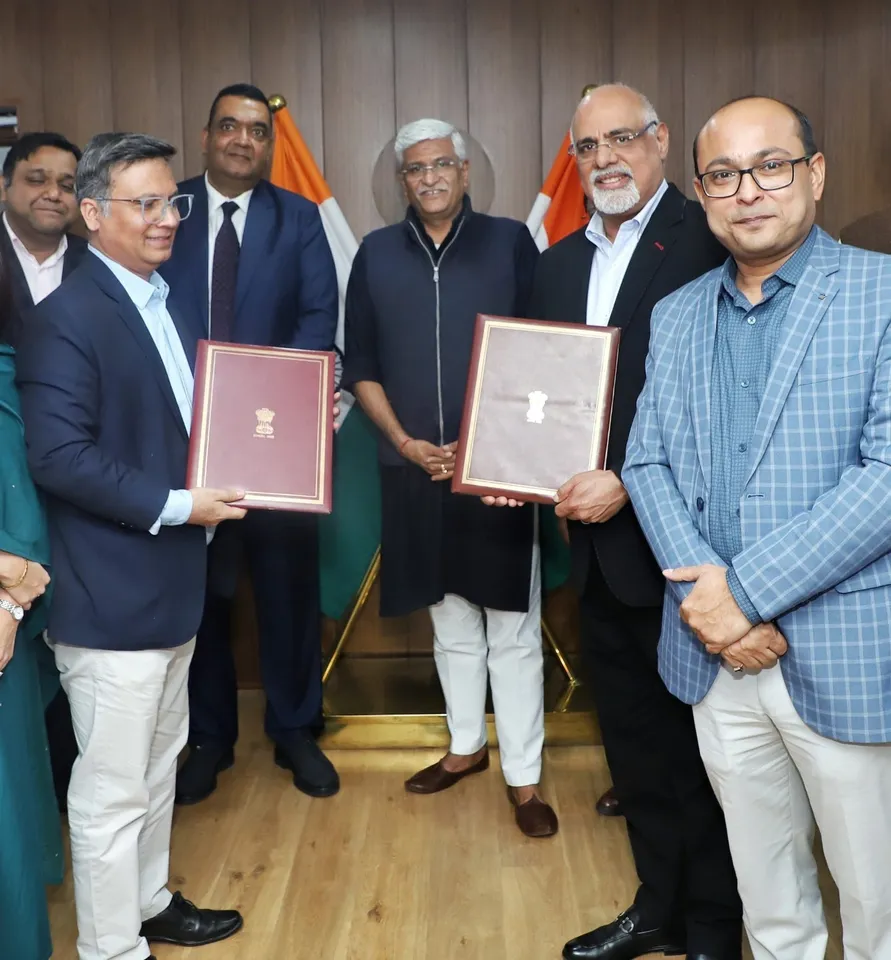Amazon Web Services (AWS) has appointed Sandeep Dutta as its new President for India and South Asia, nearly a year after Vaishali Kasture stepped down from the interim country head role. This announcement was made on 4 November by Jaime Valles, AWS Vice President for Asia Pacific & Japan (APJ), who had been overseeing AWS’s operations in India during the interim period.
Dutta brings over two decades of leadership experience from Accenture India, where he was renowned for driving transformative business strategies and establishing himself as a thought leader in the technology sector. His deep understanding of the Indian market, coupled with his strategic vision, will be crucial as AWS seeks to deepen its impact in the region.
In a statement, Valles praised Dutta for his insight into India’s unique challenges and opportunities, emphasizing that his leadership will be key in enabling organizations to leverage digital innovation for transformative change.
Dutta assumes the role at a pivotal time for AWS, as the company pursues a major USD 12.7 billion investment plan in India through 2030. This initiative includes the expansion of data center infrastructure, expected to contribute USD 23.3 billion to India’s GDP and generate more than 131,700 full-time jobs annually. This large-scale commitment was first announced under Puneet Chandok’s leadership, before he transitioned to Microsoft. Valles highlighted that AWS’s cloud infrastructure investments have already made a significant impact, contributing INR 30,900 crore (USD 3.7 billion) to India’s GDP and supporting over 39,500 jobs.
AWS is also reinforcing its commitment to sustainability in India. Valles pointed to AWS’s investment in 50 renewable energy projects across the country, which will provide over 1.1 gigawatts of clean energy to power AWS operations, further aligning with India’s green energy goals. With Dutta at the helm, AWS is poised to drive both digital and sustainable transformations, supporting customers while contributing to India’s broader environmental and economic objectives.














